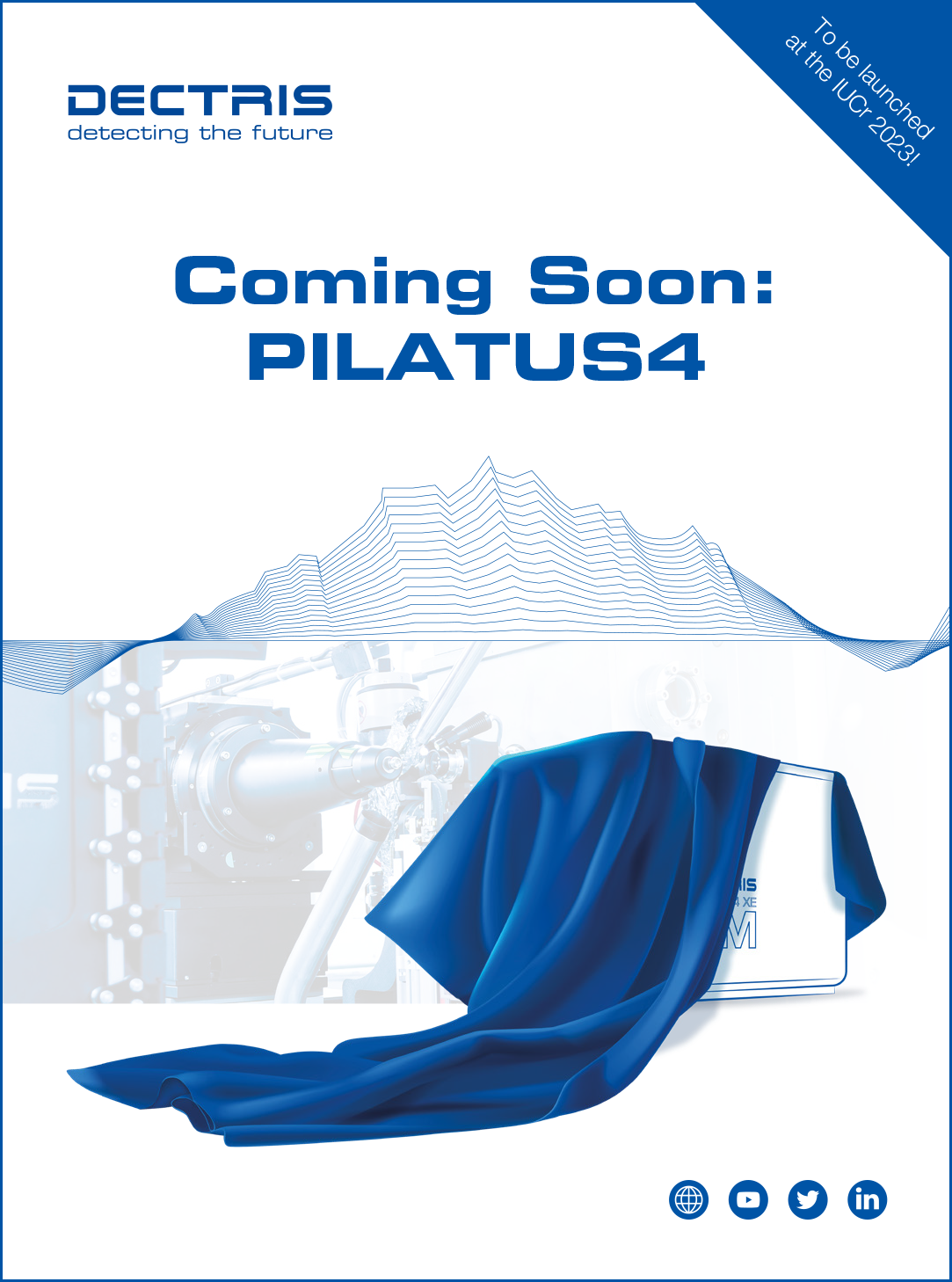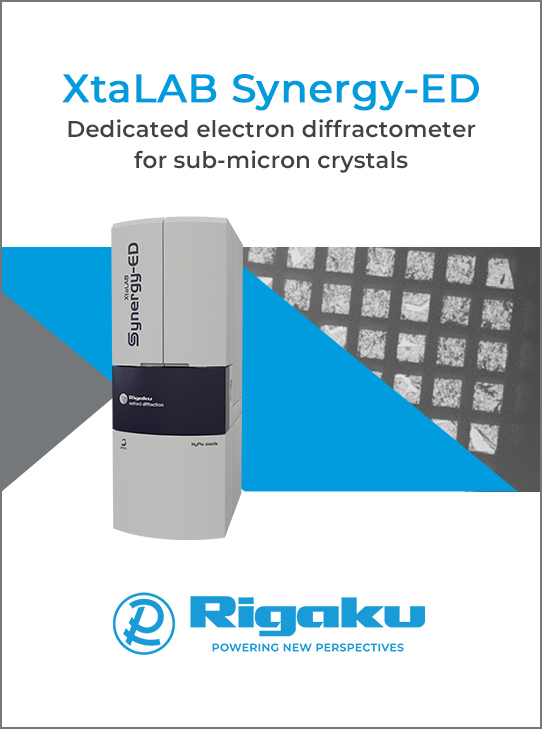


Editorial
Editorial
![Thumbnail [Thumbnail]](https://www.iucr.org/__data/assets/image/0005/156848/thumbnail.jpg)
As we are now in summer here in Europe, we are turning our thoughts to the IUCr Congress to be held in August in Melbourne, Australia, where it will be winter. Our international congresses take place every three years and always attract a large number of participants. The IUCr Congress is a great place to be as this is where you can hear about the vast range of topics covered by crystallography, meet others, and often form valuable collaborations. Despite its time of year, the Melbourne arrangements look great, and I look forward to attending. I intend on the way to spend three days in Singapore, one of my favourite stopovers, before flying on to Melbourne, first of all for the IUCr Finance Committee meeting. By the time this issue of the IUCr Newsletter appears, the Congress will almost be in full swing.
Our subject, crystallography, one of the oldest of scientific disciplines, continues to throw up surprises. For most of the time, it was accepted that what defines a crystal is connected with the concept of periodicity, namely that groups of atoms repeat in an ideal crystal in much the same way as one can tile a floor with single shapes (or monotiles). This concept of periodicity led crystallographers long ago to believe that the symmetries of these shapes must be confined to two-, three-, four- and sixfold rotations (the so-called Crystallographic Restriction Theorem). Then, along comes Dan Shechtman, who spoilt all our cherished views when he found that crystals do exist with five- or tenfold symmetries, a discovery that earned him the Nobel Prize in 2011. This discovery, which is now accepted, but admittedly after some resistance, raised the question of how you can tile a floor without leaving gaps using local fivefold symmetries. The famous Penrose tiling is an example where this problem is solved by using two shapes. The result is what is called an aperiodic array, i.e. one that never repeats but becomes periodic in a higher-dimensional space.
Mathematicians are quite happy with that, even though we may find it challenging to get our heads around higher-dimensional space! Now since then, mathematicians have been wondering if it is possible to have a tiling still consisting of a single shape that is infinitely aperiodic. Such a shape has been labelled the “Einstein” shape. But then, to everyone’s surprise, just last year, a retired print technician, David Smith, discovered such a shape based on divisions of a hexagonal periodic array. This shape has now been called the “Hat”. Symmetry enthusiasts have become so excited by this discovery that they have convened a special conference in Oxford, UK, in July called the “Hatfest”, celebrating the discovery of an aperiodic monotile. The conference will include some of the world’s leading authorities on symmetry. I hope to have a report on the meeting in the next issue of the Newsletter.
Why is this important for us humble crystallographers? Well, the existence of aperiodic crystals found by Shechtman meant that we have had to revise our long-held understanding of crystals. So, is it possible that genuine aperiodic crystals may exist out there with symmetry using monotiles? That an amateur can make such a discovery shows that we don’t have to be experts in crystallography to make important contributions to mathematics and science. It even made the national press! By the way, you can experiment with the “Hat” yourself here.
In this issue of the Newsletter, we have a number of contributions. Mohan Bhadbhade considers the importance of molecular shapes and how they stack together in a crystal. Piero Macchi raises an interesting question in a letter about who actually “owns” crystallography – well worth a read. Do send in any thoughts yourself.
Also, take a look at the “Golden Oldies” where 10 significant past publications in crystallography have been highlighted.
As usual, I have the sad task of reporting on the deaths of several colleagues, well known to many of us. Uri Shmueli (Israel) was a good friend of mine. We first met at a European Crystallographic Meeting, and we spent the day together, walking and chatting. He told me the story of his childhood during the Second World War in his home city of Kraków, Poland, and how he experienced concentration camps such as KZ Mauthausen (see his memoir here). I recall saying to him that he should return to Poland to see how it had changed, but his bad experiences from that time were such that he was afraid of doing that. However, several years later, when we had the European Crystallographic Meeting in Kraków, there I saw him in a restaurant, beaming from ear to ear. He had taken my advice and had been visiting all his old haunts, including where he used to live. He found everyone to be kind and welcoming, and he was generally having a great time.
We also have an obituary for Jimpei Harada (Japan), well known for his work on diffuse scattering from materials undergoing phase transitions. Because of a common interest in the structures of perovskites, I first came to know him when he was working on electron diffraction with the great Goro Honjo in Japan. The formidable André Authier (France), one-time President of the IUCr, was one of the world’s leading greatest experts in the dynamical theory of diffraction. Much decorated, he was especially proud of his achievement in receiving the Légion d’Honneur. His book on the history of crystallography, Early Days of X-ray Crystallography, is a significant contribution and I strongly recommend it to you.
Others who have left us and are commemorated in this issue are Aldo Craievich (Argentina/Brazil), Carles Miravitlles (Spain) and David Watson (UK), all well known in our community.
Copyright © - All Rights Reserved - International Union of Crystallography







